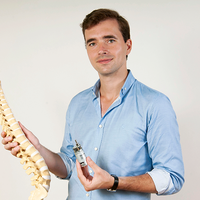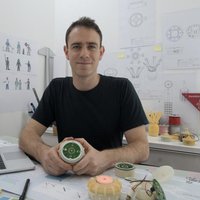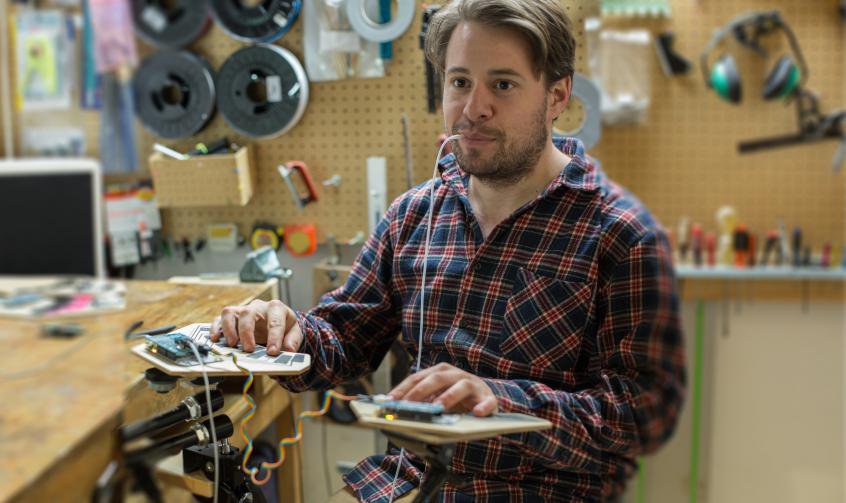Physically disabled people face tremendous, invisible barriers as compared to the rest of us. Transportation, new technologies and education are some of the more complicated areas for this collective, although, for the same reason these also receive the most attention from those developing solutions for these users. But there are other areas, less indispensable for day-to-day life, which have been all but forgotten and to which the physically disabled have little to no access. One of these is musical creation and interpretation. Existing solutions are hard to come by, and the few which do existe have not evolved.
To address this situation, the product designer and musician Vahakn Matossian decided to combine his two strong suits to develop instruments which can be used by musicians with limited degrees of physical dexterity – an initiative that has earned its creator a spot amongst MIT Technology Review, Spanish edition´s Innovators Under 35 Europe 2017. Since the creation of Human Instruments, Matossian and his collaborator and co-founder, Rolf Gehlhaar, have developed two instruments for the disabled. These electronic hardware elements, which Matossian refers to as "prototypes", aim to democratize music instead of relegating it to simply one type of therapy.
Users control Hi Note and Touch Chord through their breathing in order to play music without the need to use their limbs. The former is primarily intended for little to no ability to move their limbs, and the latter was designed for individuals with movement capabilities but a lack of strength in their upper limbs.
Hi Note looks like a pair of headphones which connect wirelessly to a computer. A series of notes will appear on the computer screen, as well as a mouse, which follows the user´s head movements. The musician chooses a note and blows through a tube to play it aloud. Users can also select different options to achieve more complicated sounds.
Touch Chord is, as Matossian explains, basically comprised by two wood panels: one which acts like a "piano" and another with buttons. The musician presses the keys of the "piano" and changes chords using the buttons located on the second panel. Like Hi Note, the user provides the force required to produce a note using their breath.
Some physically disabled musicians, like Clarence Adoo and John Kelly, miembros de la Paraorquesta Británica, have already tried out Human Instruments´ prototypes, even to perform during concerts. Matossian recognises the need to bring more musicians in contact with Human Instruments´ prototype, and explains that he is "looking for financing", promotions and support for forming a group and continue developing projects and giving musicians the opportunity to but the instruments best suited to their capabilities and limitations.
The science and society professor at the National Autonomous University of Mexico and jury member for the Innovators Under 35 Europe 2017 competition, Alejandro Pisanty, considers Human Instruments as a worthy recipient of these awards for providing an opportunity to "improve the quality of life of the disabled, their families and their communities."
By Esther Lence
Translation: Teresa Woods




